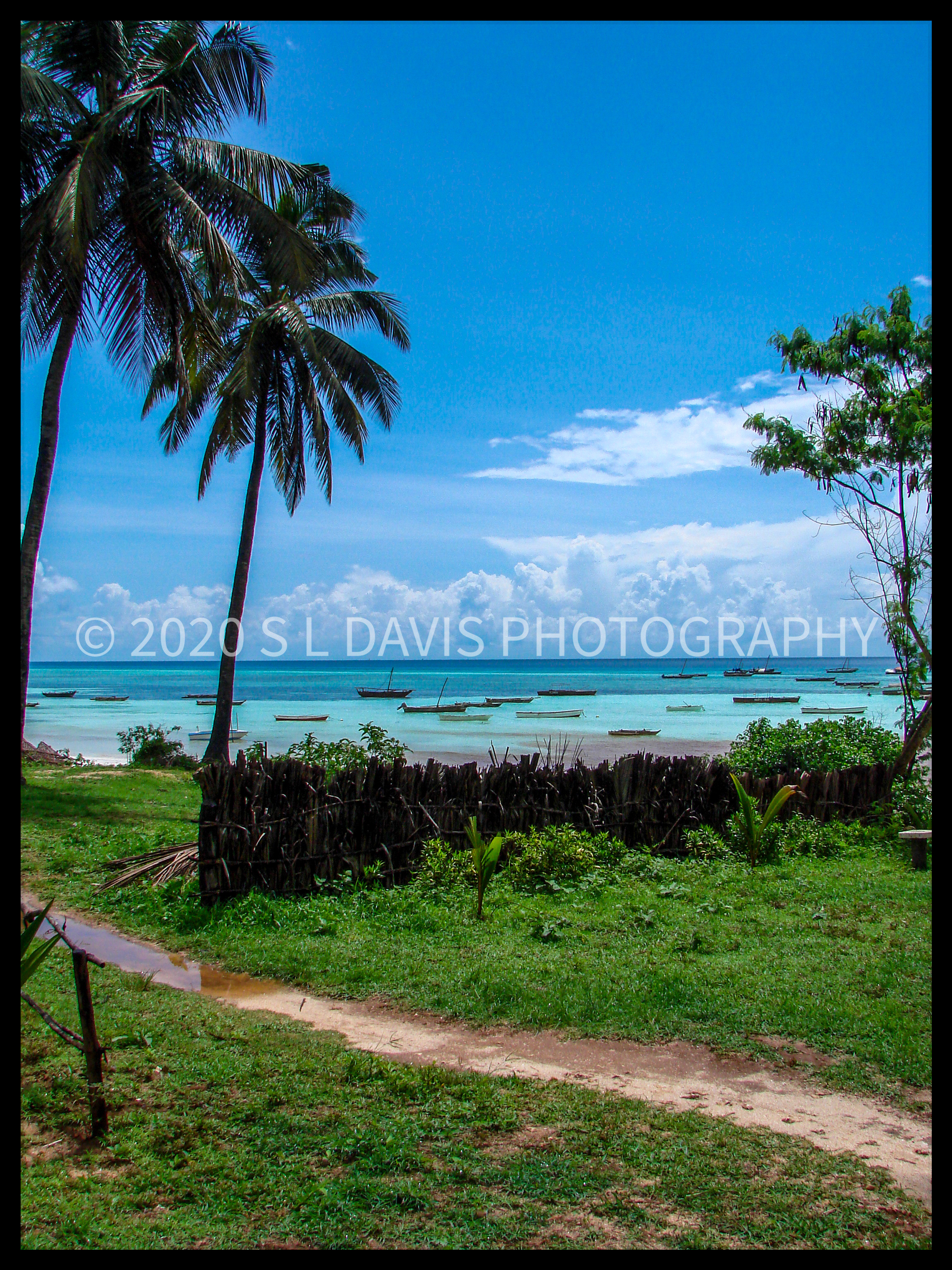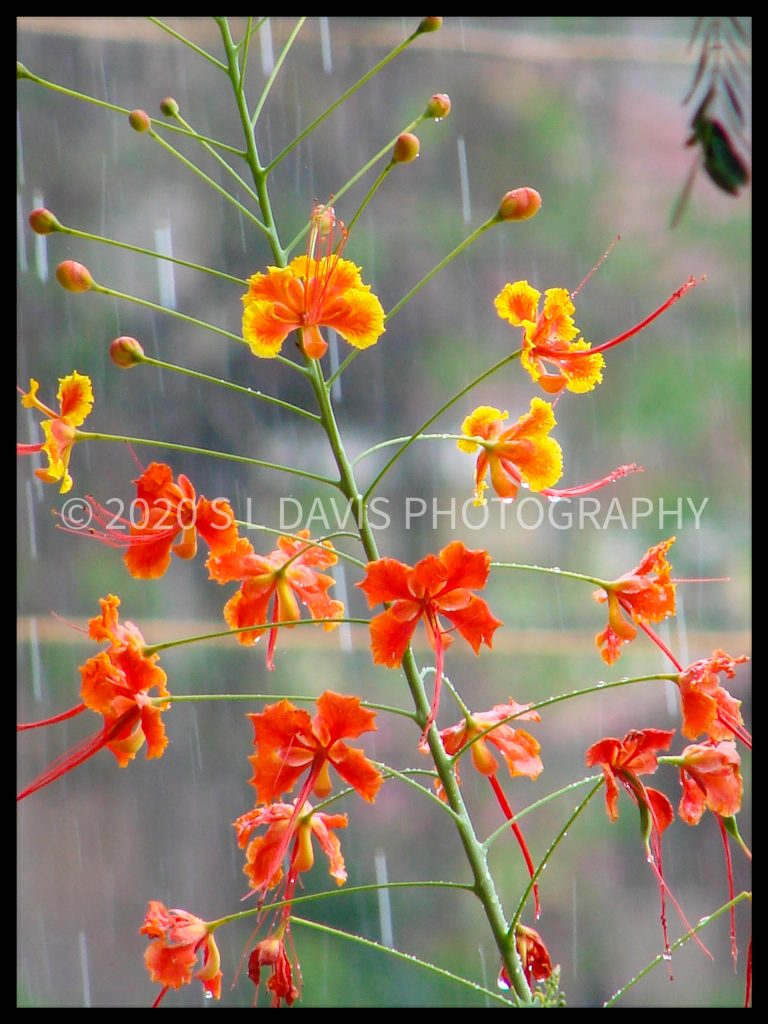
You might have guessed from the title, there is a rather famous link to my final destination…Zanzibar!
Zanzibar was where the lead singer Freddie Mercury (Farrokh Bulsara) of the famous rock group Queen, was born. Part of my tour on this island would take me to his hometown. We will get to that…
Departing Nairobi, an hour and a half later, I touched down in Zanzibar for what was to be my island getaway and a week relaxing on the beach. Or at least that is what my travel agent Stacey thought…
I lasted 2 days on the beach… I have never been one that is able to do nothing. So here I was in paradise and I would be staying in a gorgeous beach cottage at Nungwi beach which was private. It is literally tropical flowers, white sands with palm trees and the deep blue of the Indian ocean.
I was picked up from the airport by my driver and he was brilliant. Though we almost got off on the wrong foot. I started to call home and he pulled over, much to my bemusement. So I asked him what he was doing? Basically this is why you need to be aware of the laws of your destination country when abroad. In Zanzibar drivers and passengers are not permitted to use a mobile phone, whilst driving. Ridiculous eh? But it’s not. If you think about it, it makes sense as the passenger being me is distracting the driver whilst on their phone. So we weren’t going anywhere till my call was finished.
My driver explained to me some of the history of Zanzibar, once we were moving. It turned out that whilst this is the least commercialised island in comparison to the Maldives, Mauritius and Seychelles. Zanzibar was the centre of the Arab slave trade, Majid bin Said consolidated his power around the Arab slave trade following the British consul in Muscat putting pressure on Sultan Said to end the slave trade. To explain this as clearly as possible with a little actual fact finding on my part into what I was told. It goes as follows;
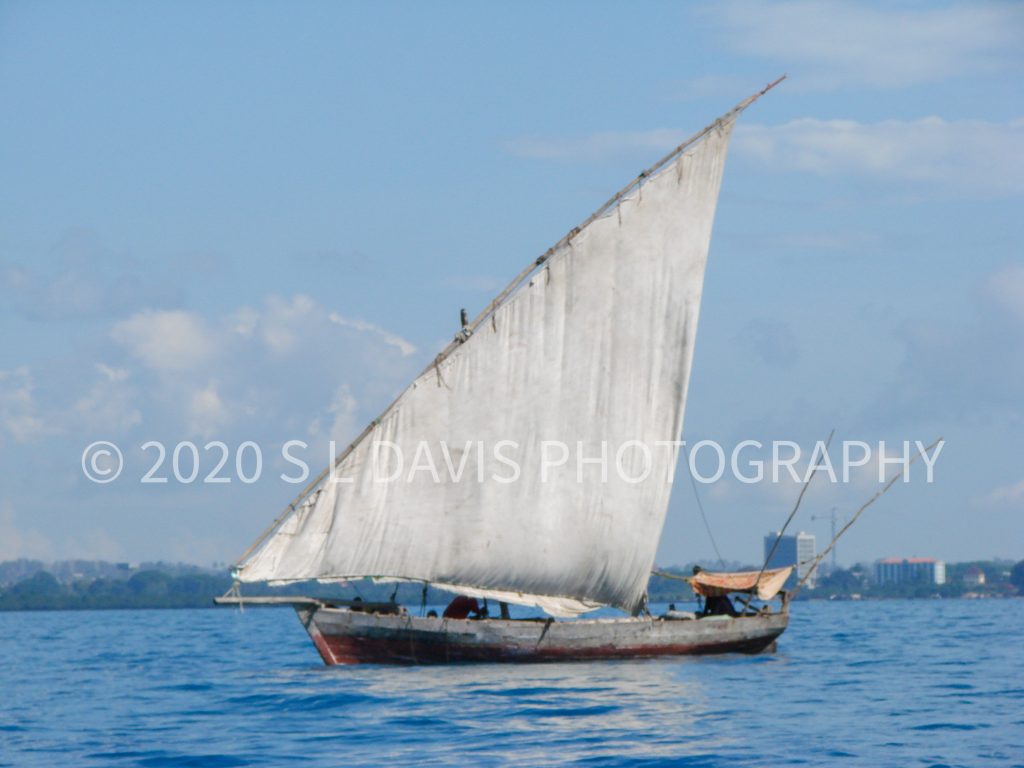
Around 1832 or 1840, Said bin Sultan, Sultan of Muscat and Oman moved his capital from Muscat, Oman to Stone Town. After Said’s death in June 1856, one of his sons, Thuwaini bin Said became the Sultan of Oman and the other son Majid bin Said became the first Sultan of Zanzibar.
Until around 1890, the sultans of Zanzibar controlled a substantial portion of the Swahili coast known as Zanj, which included Mombasa and Dar es Salaam. At the turn of 1886, Great Britain and Germany plotted to obtain parts of the Zanzibar sultanate for their own empires. Over the next few years, however, almost all of these mainland possessions were lost to European imperial powers.
The sultans developed an economy of trade. Ivory. The archipelago, sometimes referred to by locals as the Spice Islands, was famous worldwide for its cloves and other spices, and plantations were developed to grow them. Eventually this fell into the hands of traders from the Indian subcontinent, whom Said bin Sultan encouraged to settle on the islands.
During his reign , Majid bin Said consolidated his power around the Arab slave trade. Malindi in Zanzibar City was the Swahili Coast’s main port for the slave trade with the Middle East. In the mid-19th century, as many as 50,000 slaves passed annually through the port.
Many were captives of Tippu Tib, a notorious Arab slave trader and ivory merchant. He led huge expeditions, some 4,000 strong, into the African interior, where chiefs sold him their villagers for next to nothing. They were used to caravan ivory back to Zanzibar, then sold on in the slave market for large profits. Over time Tib became one of the wealthiest men in Zanzibar, the owner of multiple plantations and 10,000 slaves. Tippu Tib was an Afro-Arab slave trader, ivory trader, explorer, plantation owner and governor. He was not white nor British. This however is not to say the British did not play a part. Though you can probably tell the slave issue started locally by chiefs and not by white people as suggested.
This is where it is interesting given the current Western movement of Black Lives Matter and it also helps clarify the misinterpretation of history, which this movement is heavily reliant upon, with spreading it’s poisoned propaganda and disregards what really took place in the African regions, as well as consciously ignoring what still goes on. Something I was always familiar with, due to my black heritage.
One of Majid’s brothers, Barghash bin Said, succeeded him and was forced to abolish the slave trade in the Zanzibar Archipelago by the British. Another brother of Majid, Khalifa bin Said, was the third sultan of Zanzibar and furthered the relationship with the British with progress toward abolishing slavery. The Slave trade in Zanzibar came to an official end around 1890 and the Royal Navy were employed to enforce the ban.
My driver, who was clearly a very well educated man then asked me to spot the Pineapple tree and here I was looking up when I should’ve been looking down. Eventually my driver pointed it out.
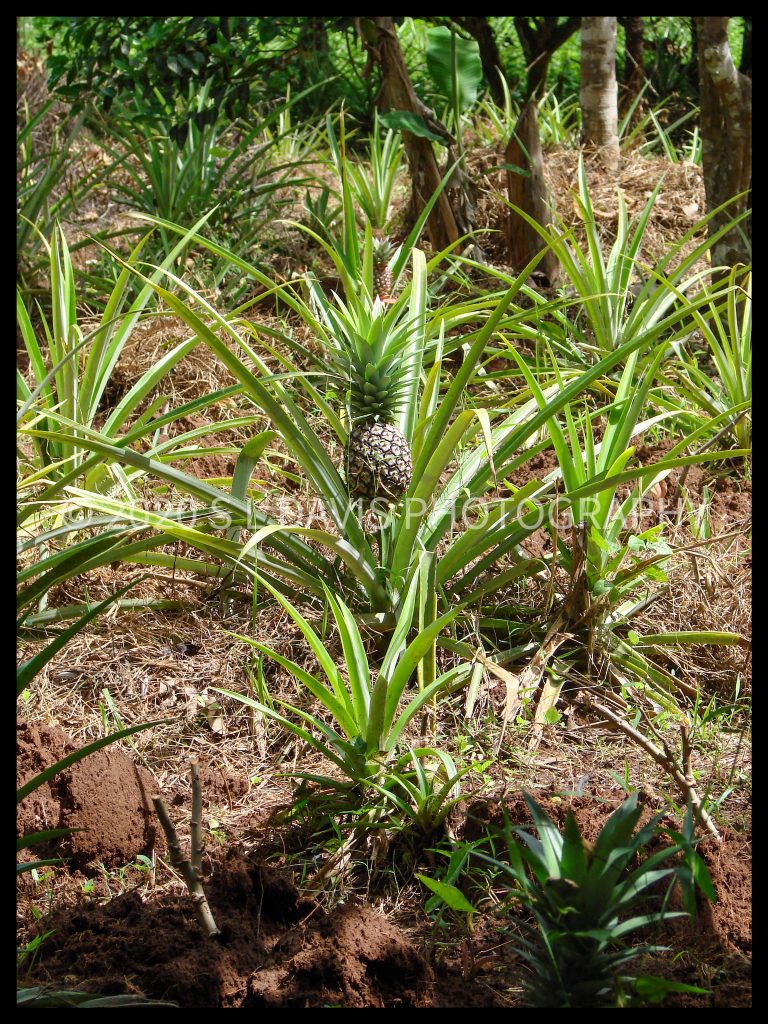
We eventually made it to my beach resort and I was shown to my cottage, I would however not return to my cottage, until a lot later, due to one very big and hairy black looking spider that may have been a recluse. Needless to say, I wasn’t going anywhere near the cottage until it was gone.
Stuff dropped off and waiting for spider removal, I headed off to the beach. There I would notice a very large population of small crabs running around the beach. Though I was here to relax and even out the dodgy tan and so I did.
The next day I headed again for the beach and notice in the bar there was the option for swimming with Dolphins and so I booked this excursion for my 25th Birthday the following day. After hours of trying to relax I decided to checkout the crab species. I observed these little crabs were apparently afraid of the tide and every time the tide washed in they would run away. as it receded back they would run towards the ocean I found this rather amusing I then spotted near me one particular crab and its need to keep digging.
The following day was my birthday and I head off for my Dolphin experience. Unfortunately, I did not have an underwater camera with me, but I did get the following shots.
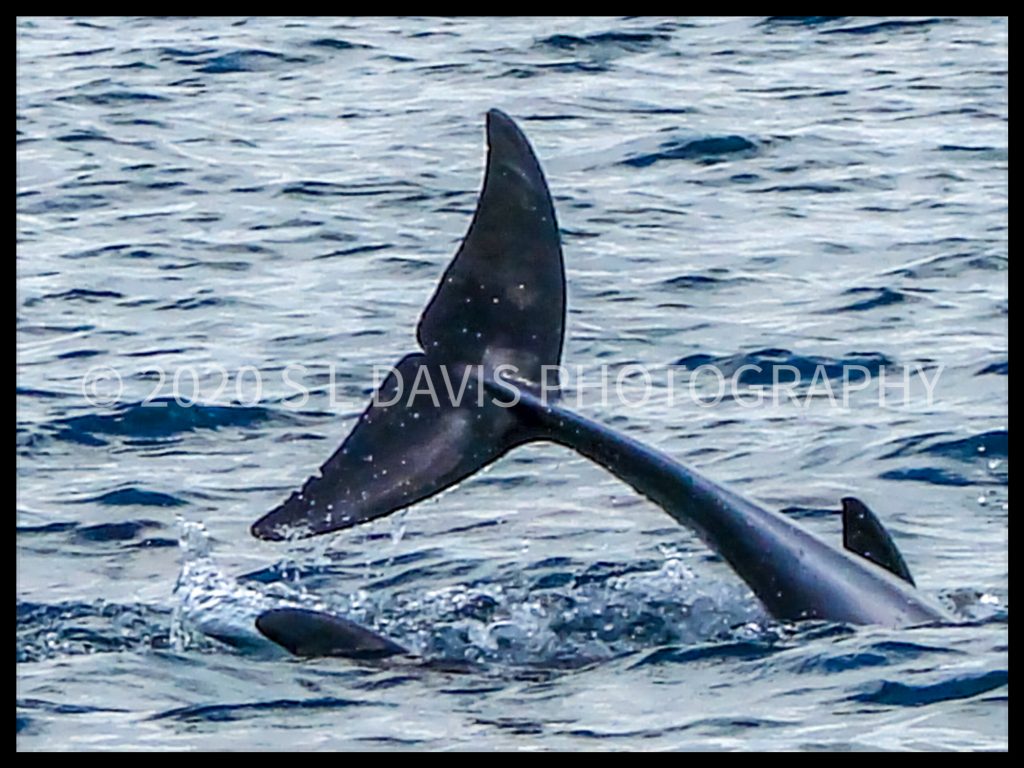
It was an incredible experience and there are a few fun facts about Dolphins but as I have covered so many facts about wildlife and I still have more historical facts to share, all I will say is these were Bottlenose Dolphins and both males and females have encounters with members of the same sex. The exact reasons for the behaviour are not well understood, but social bonding is thought to be a factor.
After snorkelling and free diving was completed, it was back to the resort to enjoy birthday celebrations on the beach. We had a mild shower and it was refreshing in the heat.
Prior to celebrating I booked an excursion for my next destination in Zanzibar which meant I would be staying in Stone Town. Whilst I was sorting this excursion, I could hear a rustling in the front garden of my cottage and grabbed my camera to take a look, knowing it was probably the girdled lizard I had seen running about earlier. There in the bushes was the girdled lizard, eating a chameleon. I managed to capture this on camera and then asked one of the staff where there were chameleons on the island. The man I spoke to told me there were none. Well, There wasn’t one now…
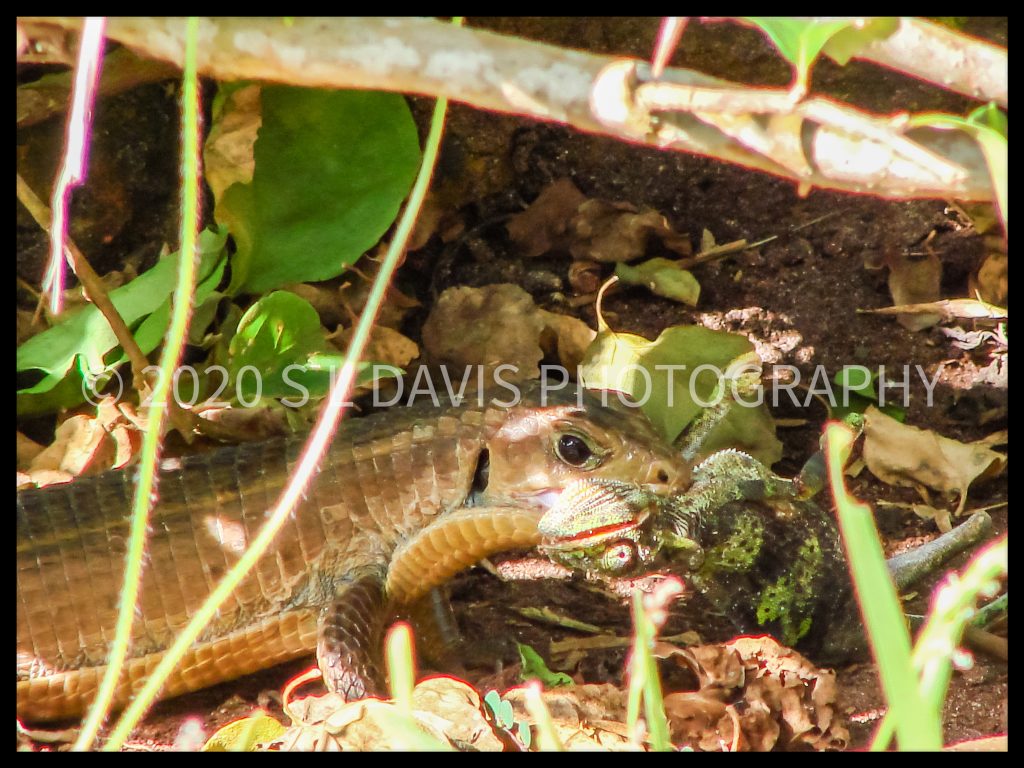
I would only be in Zanzibar for another 2 days before flying back to the UK via Nairobi and I booked to do the Spice tour and a visit to Prison Island. Celebrations took place and with 4 random South Africans who made it very special, though they managed to get drunk and after a good few cocktails, I was very much sober.
The following day, I was off to Stone Town and here I would learn about Prison Island, The Spice Trade and Freddie Mercury…
Arriving in Stone Town was like arriving in a bustling mecca you’d think you’d only see in the likes of Marrakech. It’s colourful, there are market stalls, it is full of life and it’s noisy. Here I would commence my spice tour and then head over to Prison Island for another unique experience and some more history.
Zanzibar has an international reputation as the spice island. This four hour long guided tour you explore various spices of Zanzibar through visiting some of the most important places of spice production. I start my tour at Kibwezi Palace and walk through to Kidichi. The route we pass through is Dr. Livingston House. I was then taken to the ruins of Muruhubi, a place built as a harem. At the Kizimbani spice plantations I got to taste some of the various spices, herbs, fruits and distinctively my first taste of Jackfruit. I was shown various spices of which are used in almost every kitchen, such as cinnamon, cloves, rack-black pepper, garlic, coconut, lemon grass, turmeric, ginger, vanilla and nutmeg. My guide shows me the small cocoa plantation there and then he shows me the “perfume tree” which they use to make Chanel No 5 perfume. You end up rubbing the leaves of the perfume tree and smelling very fragrant. He also informs me Deet is useless and the best way to repel mosquitos is to rub yourself with or eat lemon grass. All the way around this boy was with my guide and was skilfully making bags, hats and wrist jewellery for me and two other to wear all made out of palm leaves. As we near the end of this tour he begins to climb a very long coconut tree and fetches us fresh coconuts. The trip rounded up by a visit to the Persian Baths at Kidichi, which was built by the first Sultan for his wife.
It was now to head off for a spot of lunch and then a small trip across the ocean to Prison Island.
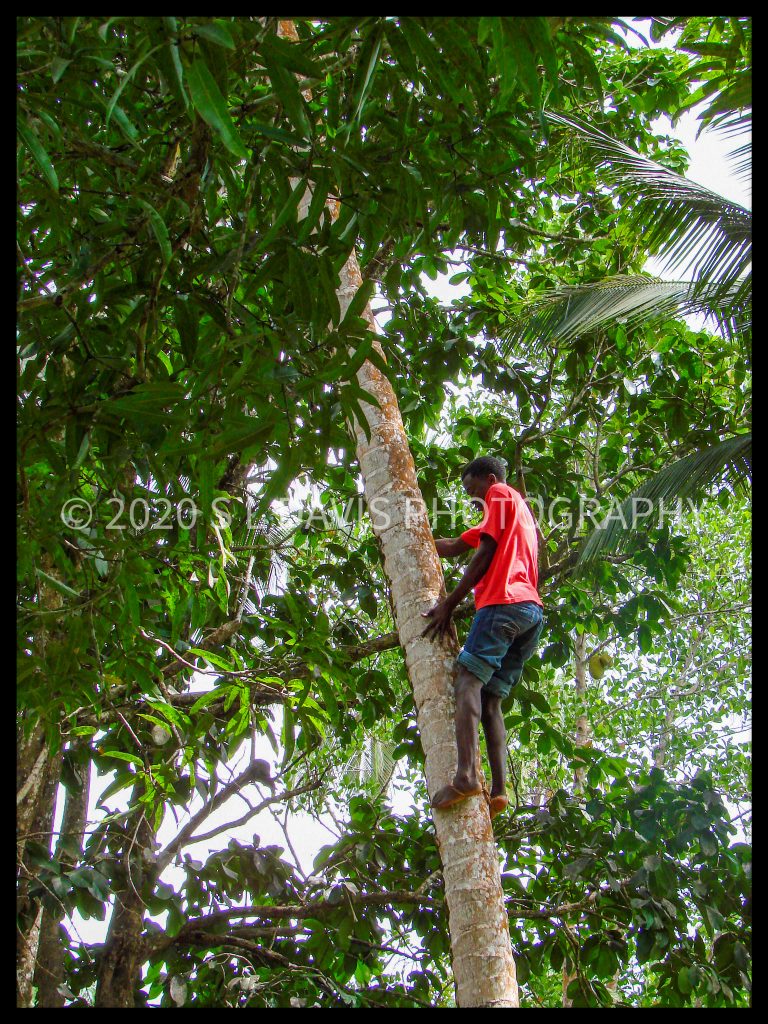
On route to catch my boat , I am shown where Freddie Mercury lived. There are a lot of politics in Africa and Zanzibar, despite it’s idyllic appearance. It was explained that Mercury and his family fled from Zanzibar to escape the violence of the revolution against the Sultan of Zanzibar and his mainly Arab government, in which thousands of ethnic Arabs and Indians were killed. The family sought asylum in the UK and well the rest is history.
I then catch my boat and I arrive in what seems like the perfect island escape. Prison Island. This is a private island with some pretty interesting history and inhabitants.
Formerly owned by an Arab and used to confine refractory slaves. Despite there being a prison built on the island, it was never used for that purpose. instead it was used as a quarantine station for yellow fever epidemics. General Lloyd Mathews bought the island and the goal which was built in 1893 and hence the name “PRISON ISLAND”. The British governor of Seychelles in 1919 gifted four Aldabra giant tortoises to Prison Island, also known as Changuu. This species is considered vulnerable and has been placed on the IUCN Red List. There is a dedicated foundation on the island which looks after the tortoises and I was privileged to interact with them.
We head back to the mainland of Zanzibar and I head off for a long earned rest in my hotel. The Manager is concerned about my cough and ensures a supply of Ginger, honey and lemon tea is sent to me and he informs me he will be checking my cough has improved in the morning before I depart for my flight.
Morning arrives and I am on the beach sipping my tea, I then notice a rather angry crab. It’s photo time again…
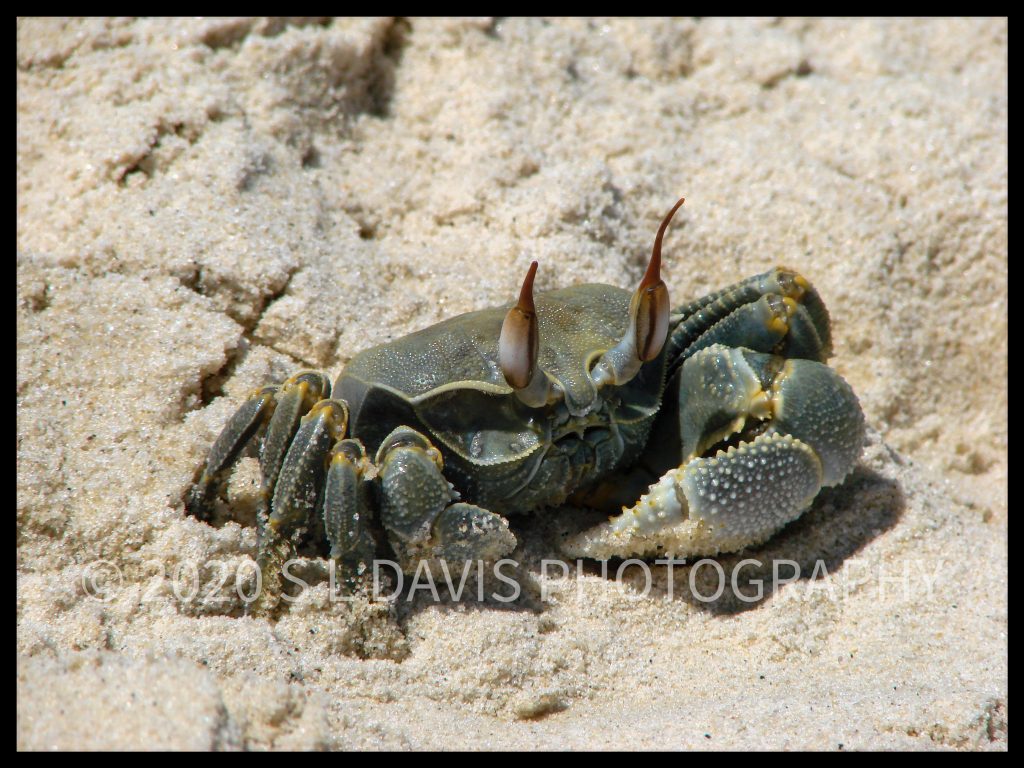
My trip now at an end, I am given one final check over, I thank the manager for his hospitality and I am then transported to the airport. Upon arrival I find out I cannot leave unless I pay $25. Oh yes they don’t take card payment and I am being held to ransom. The airport manager kindly drives me to a cash point to withdraw the funds and gets me back just in time to board my flight to Nairobi, where I pick up my connection back home to the UK. My African adventure has now ended.
I hope you have enjoyed my recollection of my travels and it has given you a new insight and also inspired you.
Please leave your feedback in the comment fields under each blog, I’d love to hear about what you loved or hated. What your own travel experiences are and what I could do to maybe improve your reading experience.
The next adventure will see me in Madagascar….






